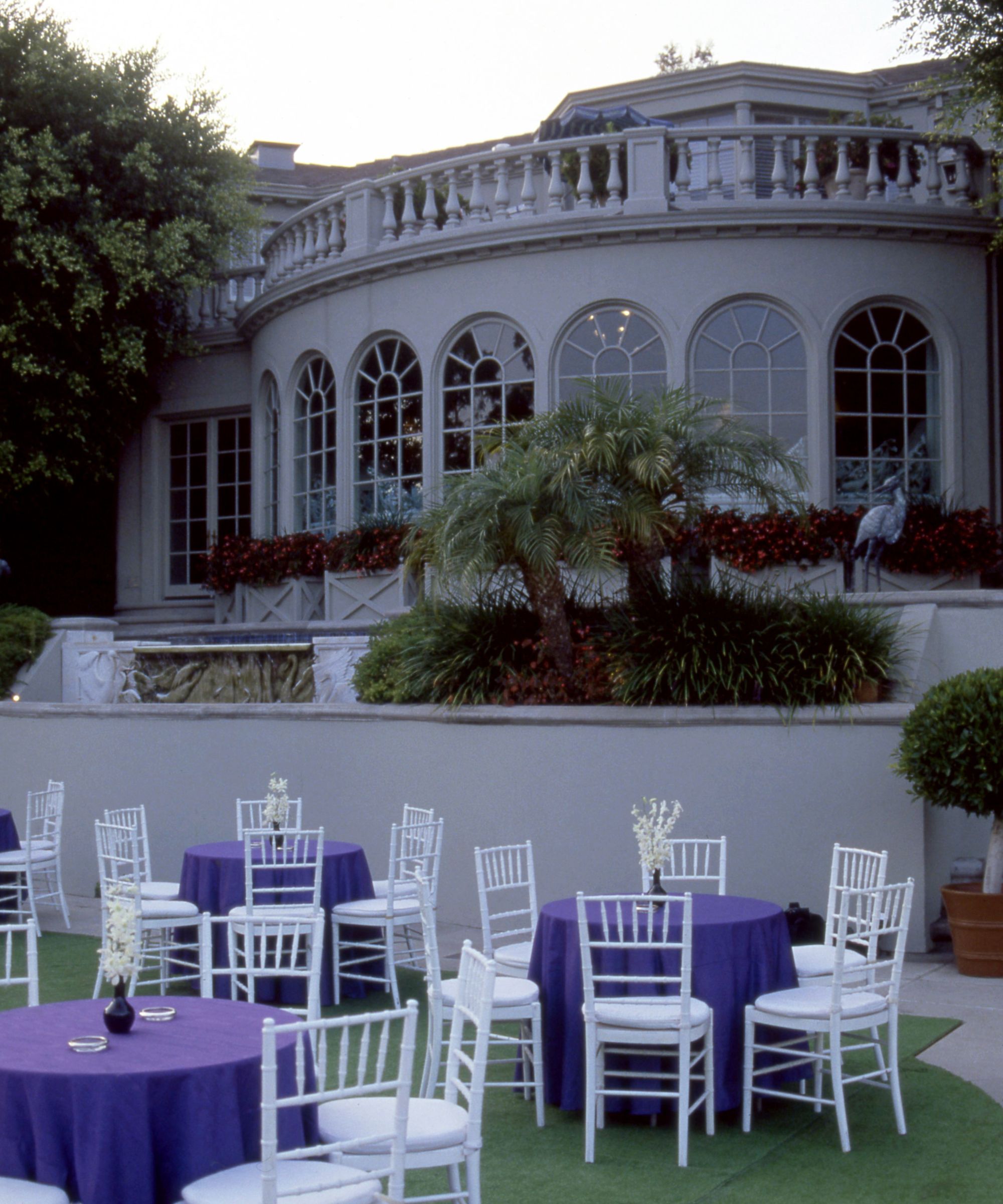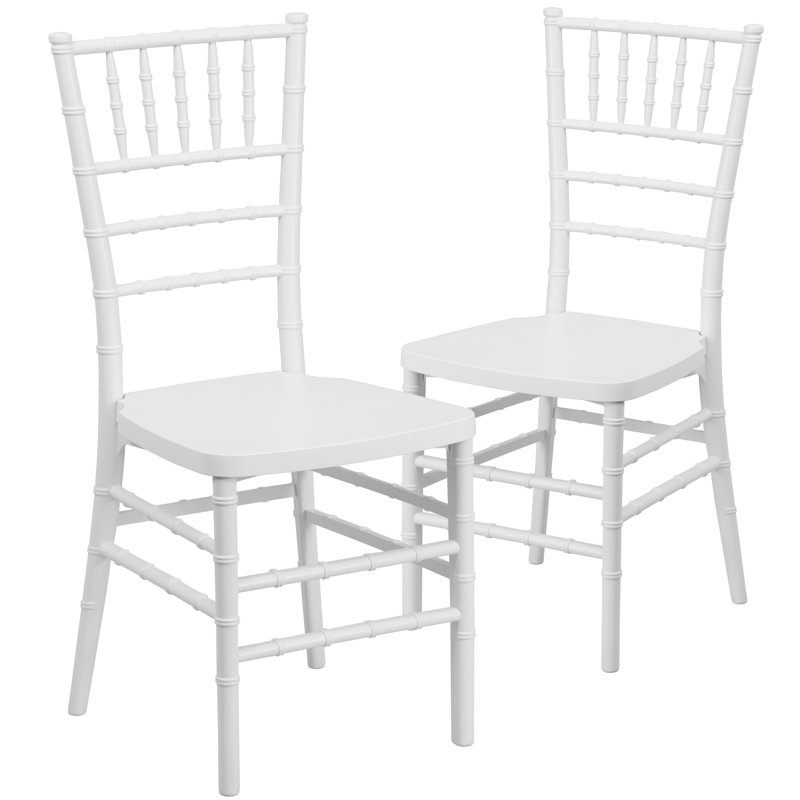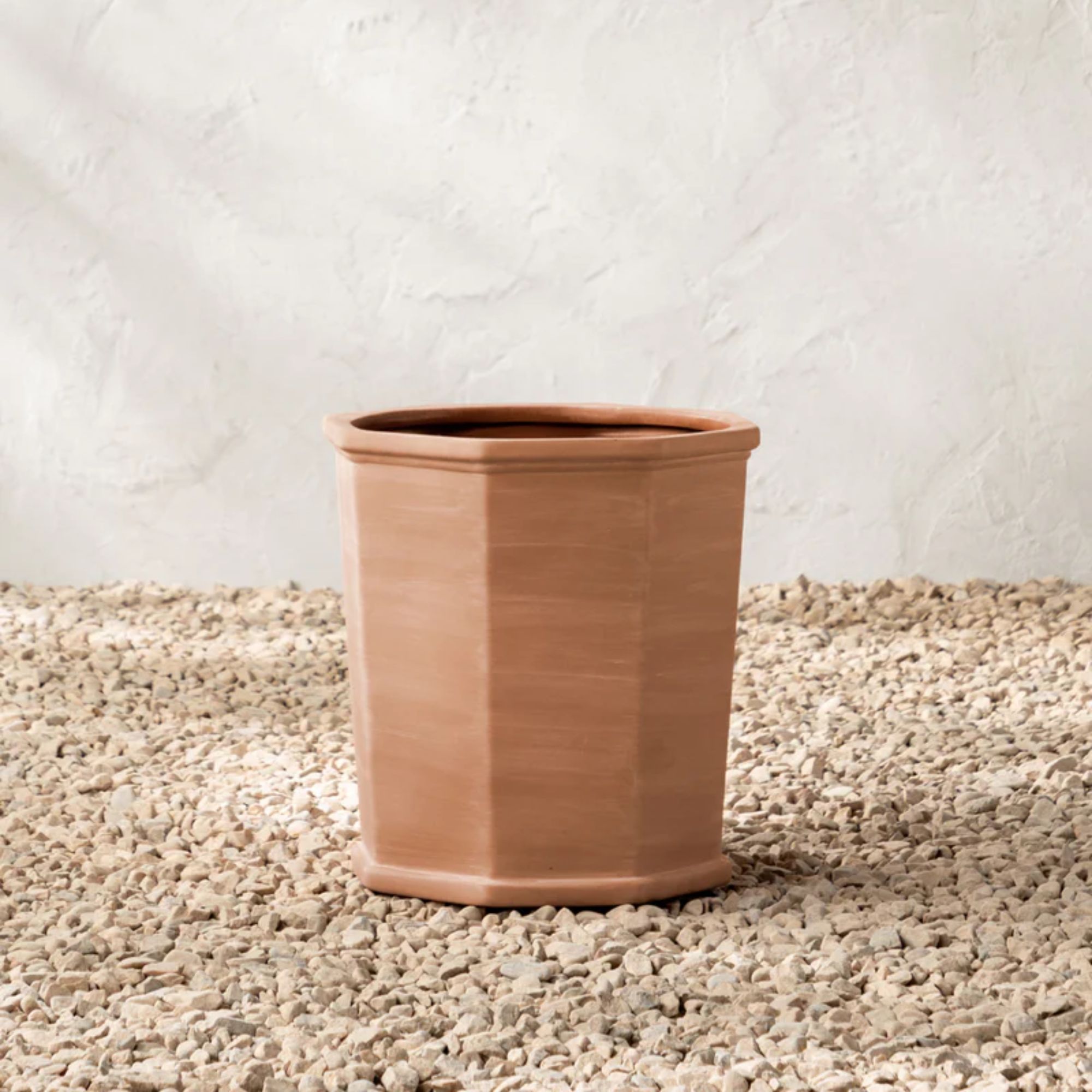
It's hard to find a figure as timeless as Elizabeth Taylor, so it's only fitting that her home and garden are just as fitting. Specifically, the actress's palm tree planting, seen in her Beverly Hills estate in 1987, combines aesthetics with longevity in a way that feels particularly tricky in the garden.
While many plants don't survive an ever-changing year-round climate, palms can impress around the calendar and look utterly graceful in the process. This is Elizabeth Taylor's home, after all.
In a photo taken in the '80s during a party in her garden, the tropical plants demand all attention. They're sculptural and dramatic, but highly versatile – promising to look just as good in January as they do in this photo, taken in September. It's no surprise, then, that master gardeners swear by her planting technique for year-round beauty.

Shop the look

This premium windmill palm tree is carefully grown and shipped by experienced nursery professionals to ensure top quality. Cold-hardy and adaptable, it thrives in USDA zones 7-11, making it a versatile choice for many climates.

Constructed from ultra-strong resin and polycarbonate materials, these Elizabeth Taylor-inspired chairs withstand years of quality use at indoor or outdoor events. They are lightweight and easy to move, yet super durable, strong, and wobble-free. They're a versatile must-have for every entertainer.

Eagle-eyed readers might have spotted a sleek terracotta planter in Elizabeth Taylor’s garden. This beautiful piece is the next best thing. Featuring a hexagonal shape for added interest, it's classic but still eye-catching all year round.
According to Thom Rutter, a master gardener and content editor at Homes & Gardens, Elizabeth's palm is a timeless choice, and surprisingly easy to replicate on a much smaller scale.
'Elizabeth Taylor’s palm is the crowning jewel of her garden – and you don’t need a Beverly Hills mansion to get the look. You can recreate her statement planting with a Trachycarpus Fortunei palm, known for its statuesque trunk wrapped in a shaggy, almost theatrical fiber and its crown of fan-shaped fronds that instantly demand attention in a yard,' Thom says.
'Unlike thirstier alternatives, this palm is as hardy as it is glamorous, braving frosts, harsh winds, and bringing an air of elegance to even the humblest patch of soil.'
Knowing how to protect palm trees in winter is the first step to year-round success, especially as we edge closer to cooler seasons.
'Proper care is essential for a palm. Give it full sun if you can, but it will tolerate light shade. Keep the soil well-drained and water deeply during its first growing seasons to establish strong roots,' Thom explains.
'Feed it with a balanced slow-release fertilizer in spring, and remove spent fronds at the base to keep its silhouette regal. In colder climates, wrap the trunk in horticultural fleece during the harshest frosts to ensure it will live on into the year ahead.'







